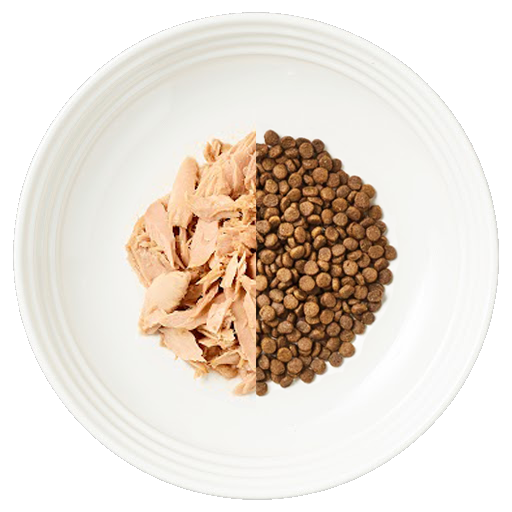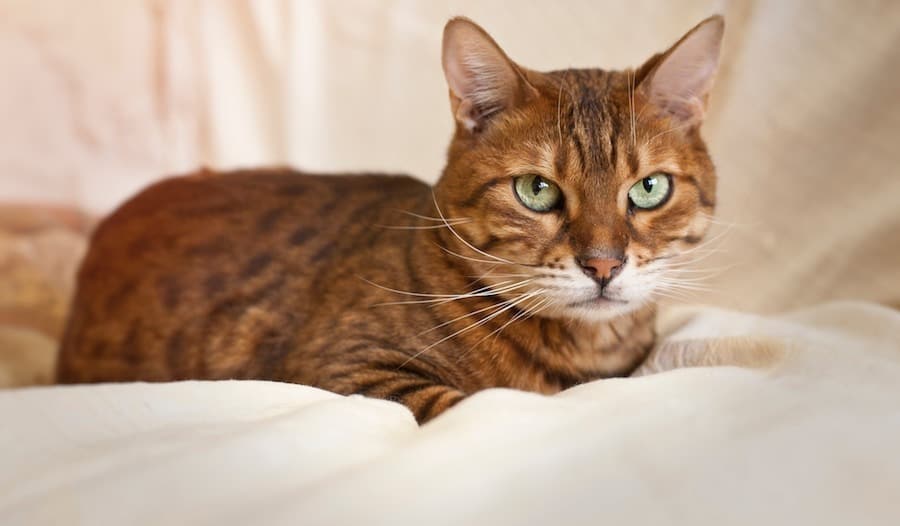Cats, just like us, can sometimes get an upset stomach or indigestion. There are a number of reasons why cats can get a sensitive stomach, with some having a more delicate constitution than others. This may come down to their diet, or even medication being used for an injury or illness. A cat having a sensitive stomach every so often is not uncommon at all. However, if your cat is having symptoms lasting more than a day or two, this may indicate more severe problems, so it is important to keep a close eye on your cat’s health if the problem does persist.
How to help cats with a sensitive stomach
Cats, just like us, can sometimes get an upset stomach or indigestion. This may come down to their diet, or even medication being used for an injury or illness, so it is important to keep a close eye on your cat’s health if the problem does persist.


